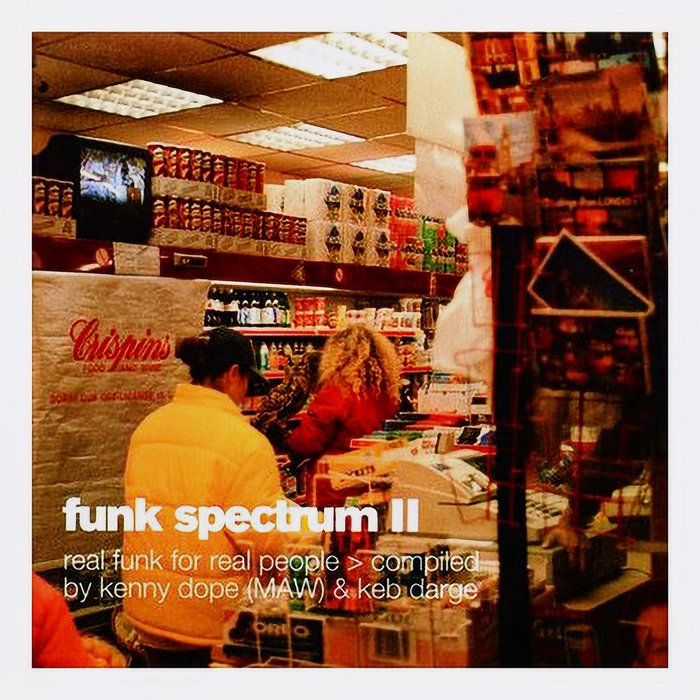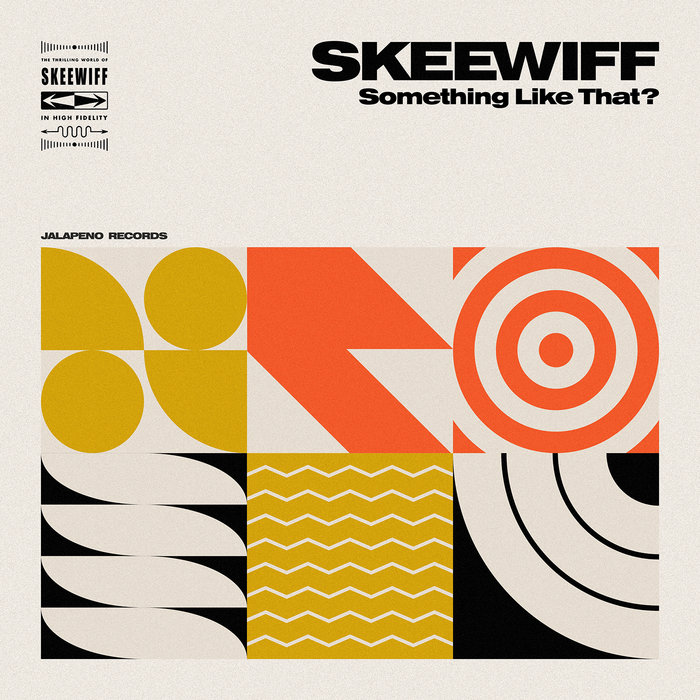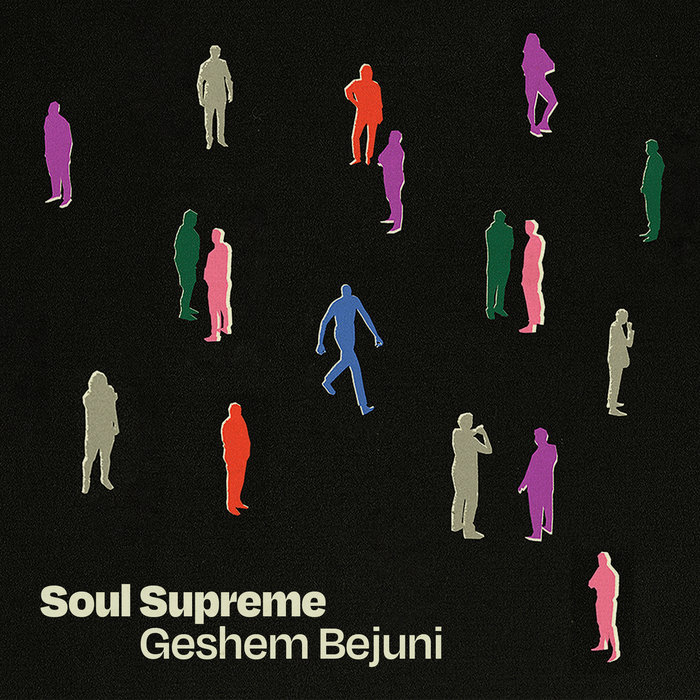
Baby Don’t Cry – The Third Guitar
this blog is GROOVY – check out great Soul, Funk, Jazz, Hip Hop, Bass, Breaks , Reggae, House n many more TUNES
Hey there, funky music aficionados! Grab your tinted glasses and put on your dancing shoes because we’re diving deep into the groovy waters of Library Funk. This genre is all about those jazzy vibes you didn’t know you needed, so let’s boogie through its history.
Before we get into the nitty-gritty, let’s break it down. Library funk isn’t a specific genre on its own but rather a delightful sub-genre that springs from library music—those jazzy, instrumental tracks created for film scores and television shows that never quite made it to the top charts. Think of it as the soundtrack to scenes you never saw.
Back in the 1960s and 70s, composers were churning out heaps of sleazy grooves for libraries catering to film producers looking for cheap background music. These tunes were often funky enough to make anyone wiggle their hips while they browsed through dusty shelves. Big names like KPM (a major player in the library music biz) cranked out tracks that would become foundational gems later sampled by hip-hop artists.
Fast forward to the late ’80s and early ’90s—here’s where things really start popping! Young rap artists suddenly realized these slick old records had some serious gold hidden within them. DJ Premier was leading this funk charge; using breaks from library records turned into revolutionary hip-hop beats.
Here’s a funny moment: One day at a party, DJ Premier tried sampling from an album called “Funky Charts.” He accidentally grabbed “Mellow Brass” thinking it would be smooth jazz but ended up with something resembling an over-caffeinated duck solo instead!
Oh baby! There are legends behind this wacky world of Library Funk:
Dave Grusin — Not just known as a jazz composer but also credited with spicing up these funky cuts.
Alan Hawkshaw — Known as “The King of KPM,” he created thousands of tracks; rumor has it he once composed an entire score during lunch!
Cecil Womack, recognized not only for his vocal talents but also his involvement in various Magical Mystery projects under pseudonyms—you wouldn’t believe how many secret identities one guy can have!
These musicians bounced around creating sounds reminiscent not just of well-played notes but actual life experiences—the weirdness included!
Let’s sprinkle some comedic moments over our narratives:
The Accidental Hit: One legendary library musician revealed he recorded what was supposed to be “background noise” during his cat’s grooming session—it later became adopted by several commercials in Japan as ‘cool cat vibrations.’ Who knew Fluffy could help generate revenue?
Disco Ducks: An infamous track featured quacking noises mixed with bass lines—yep! That went viral before going viral was even cool—but only among DJs who wanted literal sound bites…
Vintage Vinyl Victories: Some collectors swore they discovered original pressings still sealed in their parents’ attics—but busted when trying them out live due to decades-old sticky residue almost ruining their turntables!
So what does today hold? Well folks, today’s genres—from lo-fi backdrops gracing study playlists to high-energy parties blasting disco-infused house—draw heavily from these funky roots aren’t shy about paying homage either!
Hip-hop heavyweights like J Dilla incorporated ample samples while future beats wizards continue digging through crates searching for hidden treasures unheard by modern ears.
And don’t forget acts such as Vulfpeck or Ghost Note championing those sweet grooves within contemporary settings celebrating both past inspirations blended seamlessly with now vibes!
So remember next time you’re bopping your head or moving your feet when you hear those silky-smooth grooves—it might just be another spunky piece pulled straight from library archives meant solely for enhancing visuals lost along time itself—or simply bringing joy via great tunes filled ideally casual listening without fussiness involved!
Now go grab that vinyl collection gathering dust; slap something on and get down tonight ‘cause we’re honoring our OG heroes one groove at a time—as each spin reveals yet another nugget sprinkled throughout history reminding us all funky living always deserves spreading wide across cultures everywhere imaginable!
Stay groovy friends,
Until next time 👽✨

Baby Don’t Cry – The Third Guitar

The Galata Extraction/The Two Akiras – ATA Records

Something Like That? – Skeewiff

Geshem Bejuni – Soul Supreme

Cliffdiver – Sandro Galileo, Eraserhood Sound